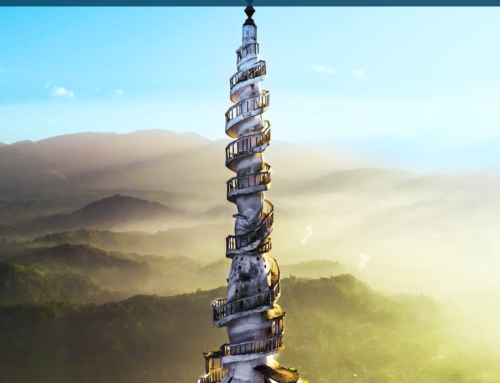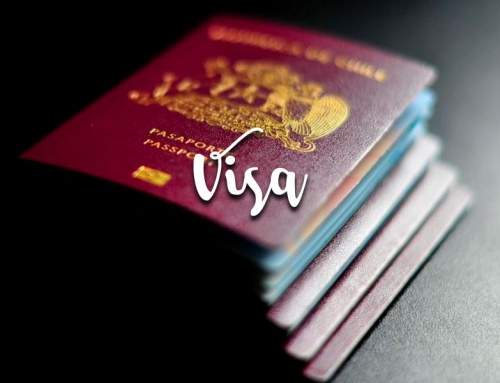Situated in the Central Province, the Dambulla Cave Temple, also known as the Golden Temple of Dambulla, is the largest and best preserved cave monastery complexes in Sri Lanka. The major attractions of the complex hail from the 1st century BC and consist of 153 Buddha statues, 3 statues of Sri Lankan kings and 4 statues of gods and goddesses spread over five caves. In addition, detailed murals cover the walls of the caves. However archeological records show that humans may have lived in the cave complexes as early as 2700 years ago.
Dambulu – gala (the rock of Dambulla), in which these temples are situated, is almost insulated and of a vast size. Its perpendicular height above the plain is about six hundred feet. Very few parts of it are covered with wood, and in general its surface is bare and black.
Early in the 20th century arched colonnades and gabled entrances were added to the architecture and efforts to preserve the murals were made. The Dambulla cave monastery still remains functional and was declared a UNESCO World Heritage Site in 2003.
The marvel of this sacred place is better seen when viewed directly and hence is not to be missed in a holiday to Sri Lanka

Sites of interest
Dambulla Rock Temple: The temples, which give this place celebrity, are parts of a vast cavern in the west side of the rock, at the height of about three hundred and fifty feet above the plain. Whet het the cavern in which these temples are formed, is altogether natural, or only partly natural, or only partly natural and partly artificial, it is now not easy to determine. The probability is, that it is principally natural, and that man has had very little to do in excavating it. The tradition has it that some of the caves were excavated by king Vattagamani Abhaya in the first century B. C. It can be surmised that this king and his successors, in benefaction to this place had to enlarge and smoothen the caves, and cut the drip-ledge (katarama) along the rock to protect the caves from rain water.
The Golden Temple of Dambulla: There are five caves (shrine rooms) in Dambulla temple. All of these caves arc full of statues of Buddha and various personages of the Buddhist Order or History. There are 150 Buddha images in these caves. Cave No. 5 (the last in order) has no historical value as it was done in the second decade of this century. All of the other caves contain statues and paintings representing various epochs of Sinhalese sculpture and painting.The early paintings of Dambulla are believed by some to belong to the 8th century A. C. But this cannot be proved at all because of over painting. Nevertheless this place is a mine of decorative designs, the patterns of which resemble those of Sigiriya. To a student of the history of Buddhism a careful study of the paintings of Dambulla provides a good deal of source material.







